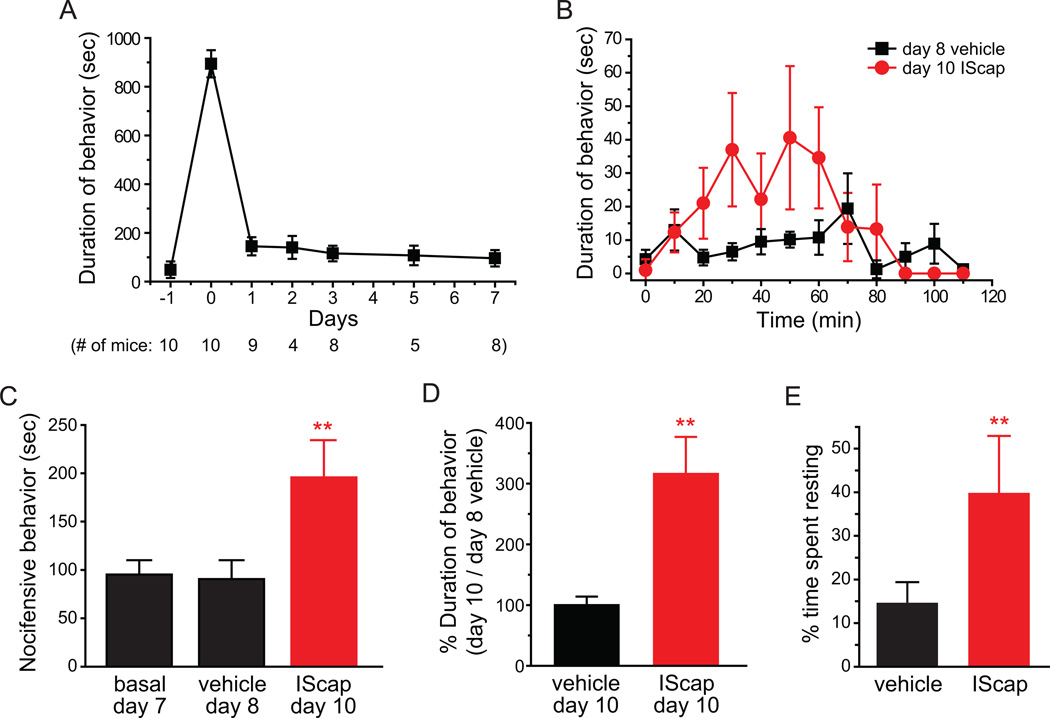Fig. 10. Dural vehicle- or IScap-induced behavior in adult female CD-1 mice in the improved model.
(A) Duration of nocifensive behavior within the 120 min recording period (numbers in the parenthesis indicate the number of mice observed on each day). Naïve, habituated adult female CD-1 mice were recorded one day prior to the surgery. On the surgery day (0), mice received dural application of 20 µl ACSF and were recorded after recovery from anesthesia as in previous experiments. In subsequently days, mice were recorded at around the same time of the day.
(B) Time spent on forepaw wiping and hindpaw scratching within trigeminal V1 dermatome in 10 min bins in response to dural application of vehicle or IScap in adult female mice (n = 7 mice in each group).
(C) Total duration of nocifensive behavior during the 120 min recording period. Each mouse was recorded on day 7, 8 and 10 post-surgery for basal activity, response to dural vehicle application and response to dural IScap application, respectively (same mice as in B, ***p < 0.01 , compared with the basal and vehicle groups; one-way RM ANOVA with post hoc Bonferroni test).
(D) The duration of V1-directed behavior on day 10 in response to dural application of vehicle (n = 5 mice) or IScap (same mice as in B) versus the duration of behavior on day 8 (dural vehicle treatment) in individual female mice (**p < 0.01, two-tailed t-test).
(E) The percentage of resting time in adult female mice receiving dural application of vehicle and IScap, respectively (**p < 0.01, two-tailed t-test).

